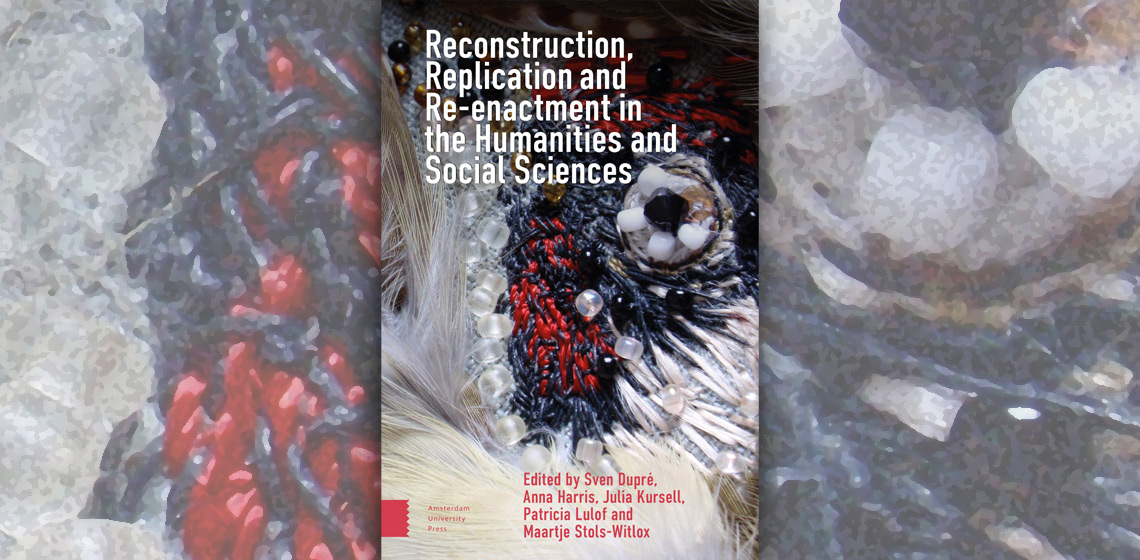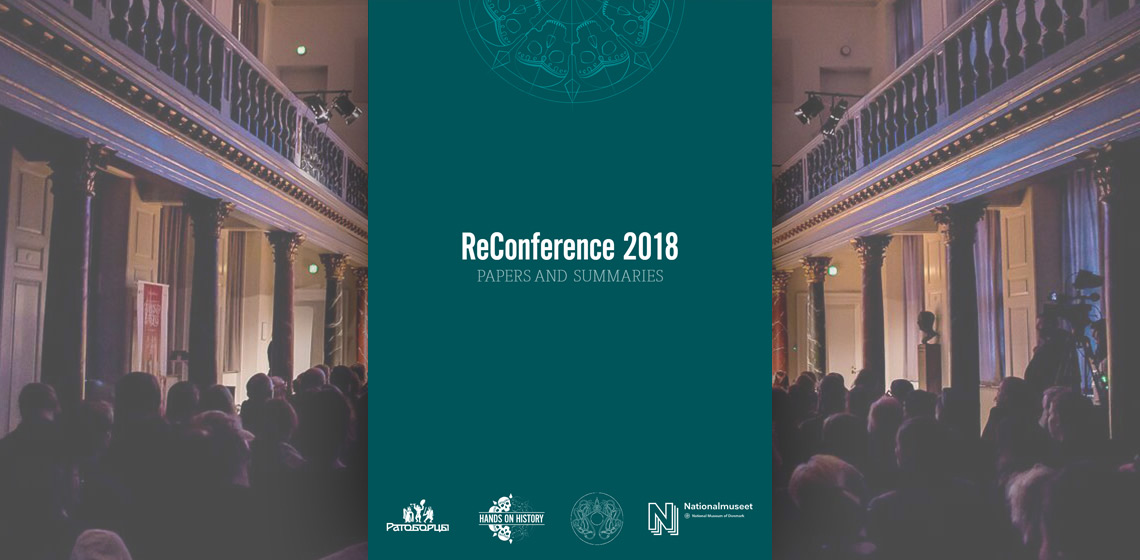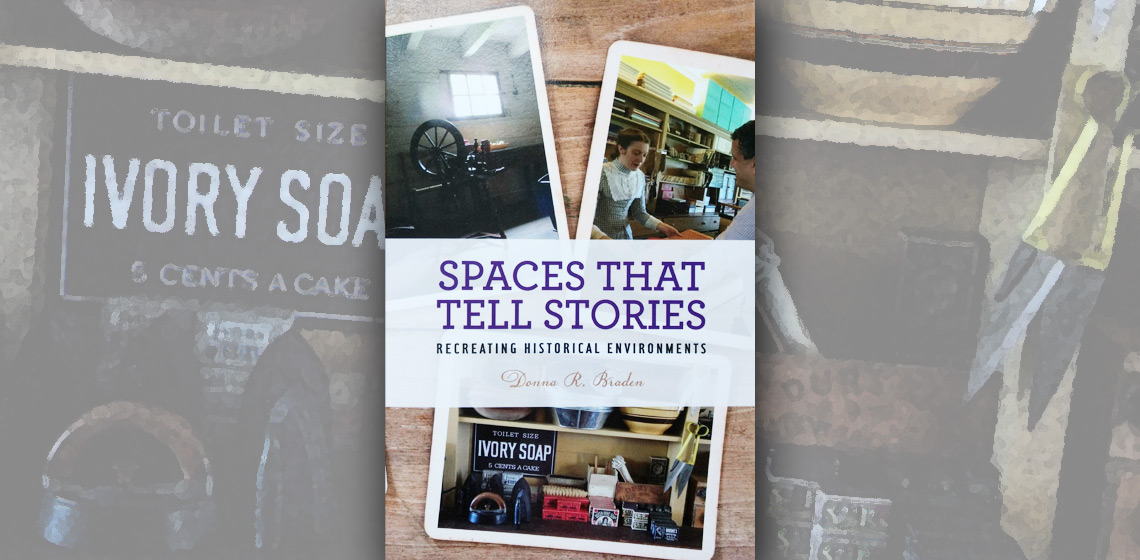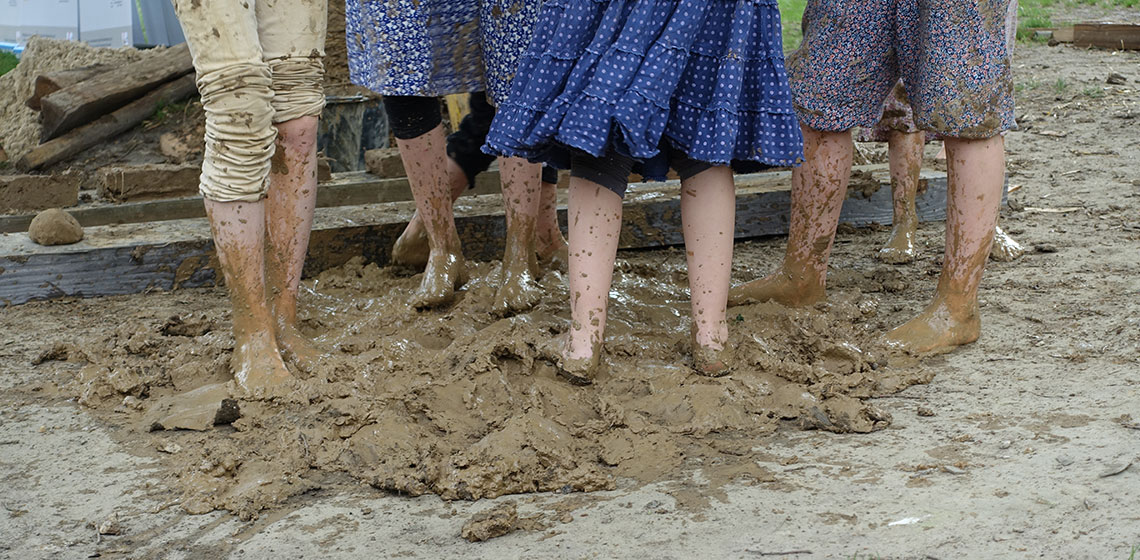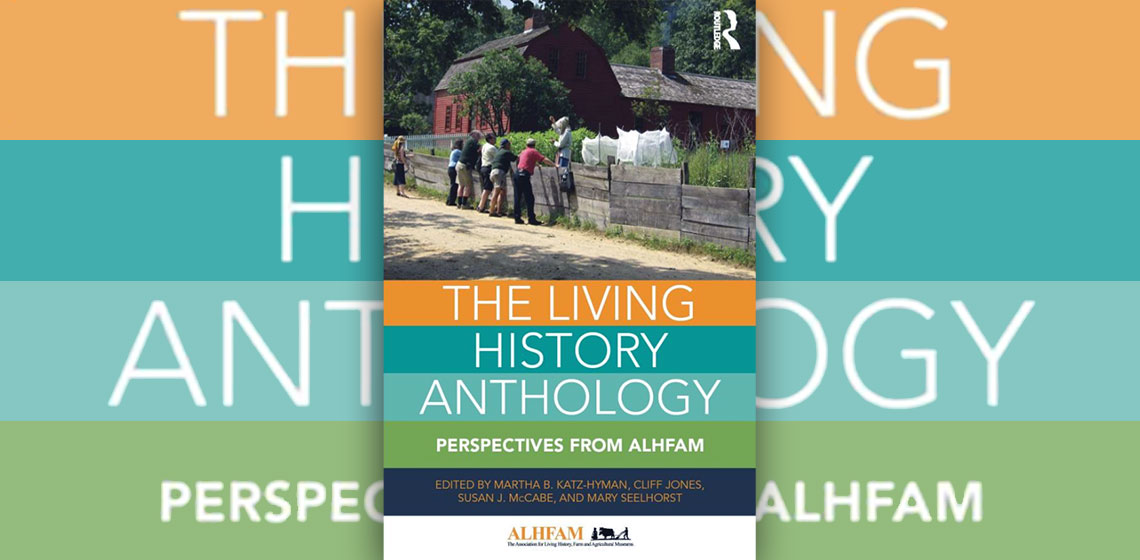living history
Book Review: Proceedings from the ReConference 2018
Book Review: Spaces that tell stories: Recreating Historical Environments by Donna R. Braden
Spaces that tell stories: Recreating historical Environments is a textbook and a how-to manual for those setting up a new exhibition or living history site, or for those evaluating existing interpretation on a site. Everybody who works in museum education, exhibition and living history knows how fantastic it is when an historical environment engages a visitor in the topic. We also know how difficult it can be...
Open to Interpretation
Interpretation is a fundamental part of how we communicate heritage to the public, but what does the term ‘interpretation’ actually mean? Peter Inker and Angela Pfenninger join us to explore the world of interpretation.
Sew Much To Do, Sew Little Time
This episode of The EXARC Show includes a great discussion about textile archaeology from Early Medieval Britain and Iron Age Slovenia with guests Alex Makin and Ronja Lau.
Book Review: The Routledge Handbook of Reenactment Studies by Agnew, Lamb & Tomann (eds)
Book Review: Mittelsteinzeit, ein Leben im Paradies? by Werner Pfeifer
Engaging Diverse Audiences at the Archaeological Open-Air Museum Düppel in Berlin – Practical Examples and New Strategies
***In 1939, a boy called Horst Trzeciak was playing on a piece of land on the outskirts of Berlin. While playing, he found a number of pottery sherds. In an exemplary fashion he brought the sherds to the “Märkisches Provinzialmuseum”, which was, at that time, the city museum of Berlin...
Book Review: The Living History Anthology, Perspectives from ALHFAM by Martha B. Katz-Hymann et al. (eds)
Colonial Williamsburg: Archaeology, Interpretation & Phenomenology
***When I began investigating this conference I was unclear as to how well EXARC’s focus on experimental archaeology would blend with International Museum Theatre Alliance (Imtal)’s approach of museum theatre and interpretation. They seem after all, two very different disciplines...
